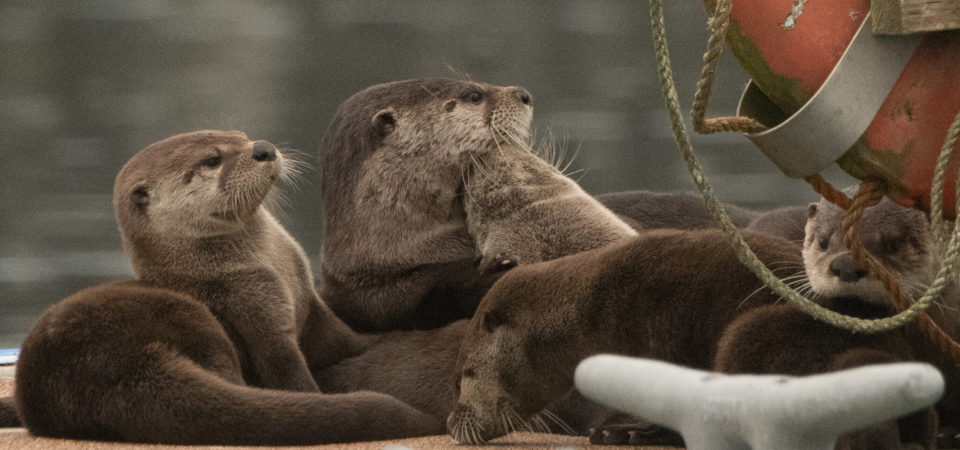Item Link: Access the Resource
Date of Publication: April 4
Year of Publication: 2024
Publication City: Washington, DC
Publisher: Smithsonian Institution
Author(s): Graeme Green
Journal: Smithsonian Magazine
The environmental icon’s latest series, “Mammals,” showcases the threats humanity has created for our relatives
For 70 years, Attenborough has been bringing the natural world into the living rooms of billions of people around the world, collaborating on more than 100 series with the BBC’s NHU, including “Planet Earth,” “The Blue Planet,” “Frozen Planet,” “Africa” and “Dynasties.” With his skills as a writer and producer; his distinctive, often-mimicked voice; and his combination of passion and deep knowledge, he has inspired generations of conservationists, scientists, photographers, filmmakers, and wildlife lovers to care about, and for, the natural world, with famous fans ranging David Beckham to Billie Eilish. Like the English primatologist Jane Goodall, he’s globally admired for raising awareness about biodiversity loss, climate change and other threats. Fellow British TV presenter Chris Packham has described him as “the world’s greatest broadcaster and the man who has done more than anyone has or ever will to protect life on Earth.”
But “the voice of nature” has grown more somber and desperate through the decades as Attenborough has seen firsthand the destruction humans are wreaking on the planet.
“Mammals” premiered in the UK on BBC One in April and is due to air on BBC America starting this July.
Read the full article here.
The views and opinions expressed through the MAHB Website are those of the contributing authors and do not necessarily reflect an official position of the MAHB. The MAHB aims to share a range of perspectives and welcomes the discussions that they prompt.
